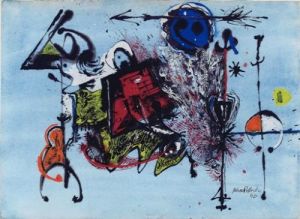 And there are certainly some stunning examples of this traditional notion. In A Quack, for example, Rembrandt in just a few lightning-fast flashes with his pen has captured the cut of a street entertainer’s clothes, and the theatrical style of his presentation. It’s even possible to see that a crude squiggle on the man’s shoulder is the artist’s shorthand for a parrot. This is art made, not for the viewer, but for the artist to work from at a later date, and it’s all the more electric because of this.
And there are certainly some stunning examples of this traditional notion. In A Quack, for example, Rembrandt in just a few lightning-fast flashes with his pen has captured the cut of a street entertainer’s clothes, and the theatrical style of his presentation. It’s even possible to see that a crude squiggle on the man’s shoulder is the artist’s shorthand for a parrot. This is art made, not for the viewer, but for the artist to work from at a later date, and it’s all the more electric because of this.
But this show’s scope considerably widens this romantic idea of a drawing’s function. Visitors might not expect colour to play such a strong role - from Delacroix’s The Bride of Lammermoor, with its gaudy gouache splatters of the murder victim’s blood staining the floorboards, right up to the jazzy pizzazz of a Pollock watercolour from the mid-1940s. The garish implosion of amorphic forms in the Pollock is particularly fascinating because by this time the artist had already moved on to abstraction in his public works. Untitled of 1946 (pictured above) shows him still drawn to the nightmarish visual vocabulary of surrealism. But it’s a somewhat constipated work and clearly an indicator of why the artist needed to free-up his methods and move into a purer exploration of line and form unhampered by nascent imagery.
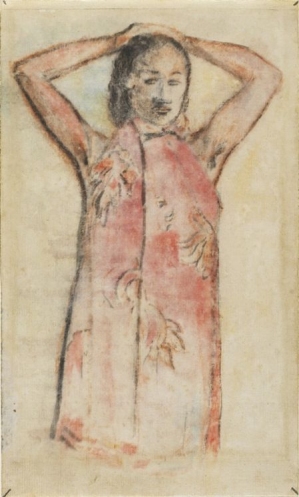 Another pleasant surprise is the amount of work on show from the Post-Impressionist era onwards - around a third of the entire exhibition. The final room is full of sun-bright works by Delaunay, Roualt, Dufy, Masson and De Kooning. In fact, the De Kooning stretches to breaking point the definition of what a drawing is. Yes, it’s on paper, but the paper is thick with wild smudges and smears of oil and enamel paint, and also includes elements of collage. Perhaps Works on Paper’might have been more accurate title for the show. But who cares when the work is of this quality?
Another pleasant surprise is the amount of work on show from the Post-Impressionist era onwards - around a third of the entire exhibition. The final room is full of sun-bright works by Delaunay, Roualt, Dufy, Masson and De Kooning. In fact, the De Kooning stretches to breaking point the definition of what a drawing is. Yes, it’s on paper, but the paper is thick with wild smudges and smears of oil and enamel paint, and also includes elements of collage. Perhaps Works on Paper’might have been more accurate title for the show. But who cares when the work is of this quality?
There’s also an extraordinary array of works by art’s A-listers. There's an atypical Degas pastel of an old woman, chilling in its rendering of her waxy skin stretched tight over prominent cheekbones; a modest Gauguin sketch, rendered in black with subtle blushes of pink, of an earthily sexy Tahitian girl (pictured left); a dazzlingly luminous Samuel Palmer which manages to be an epic landscape even though it’s no bigger than an A5 envelope; a stormy Turner watercolour which demonstrates what a genius can achieve in three minutes; a stolid Auvers-period Van Gogh.
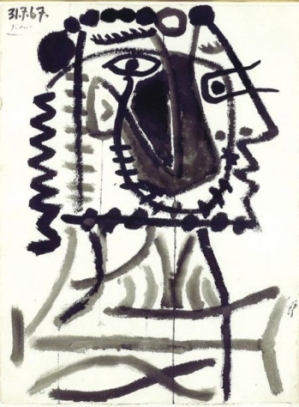 And let’s not forget a striking late Picasso (pictured right) which demonstrates that, even at 85, he could produce a graphically powerful work.
And let’s not forget a striking late Picasso (pictured right) which demonstrates that, even at 85, he could produce a graphically powerful work.
But the one picture that sums up the exhibition most succinctly is Egon Schiele’s Portrait of a Girl. Many of the works here show drawing as the manservant to painting - one step along the way to some finished, more perfect thing. But Schiele treated it as an end in itself, stretching to the very limit the pared-down language of decisive line and empty white space. In this deceptively simple sketch, he gives us as much, but no more, than we need. The girl’s intense but not unfriendly face holds our gaze, as her hands rest, casually entwined, on her lap. But apart from her face and hands, everything else is left for the viewer to fill in. Yes, it's a shrewd monument to Schiele's well-established self-confidence as a draughtsman. But it's also testament to a belief that, thanks to his skill, the viewer would “see” the rest of the girl. Only in a drawing could he have achieved such an effect.
It's difficult to imagine that a gallery could or would mount an exhibition of work by such a wide spectrum of periods and schools if the medium were paint. How else but in a display of great drawings - or works on paper - would so many great artists be gathered in one place? The Dulwich Picture Gallery has already had a record number of online bookings, so clearly there’s an appetite for work so often hidden in cloth-covered glass-topped cabinets awaiting a rare, cursory peek.
- Drawing Attention is at the Dulwich Picture Gallery until 17 January 2010. More information here

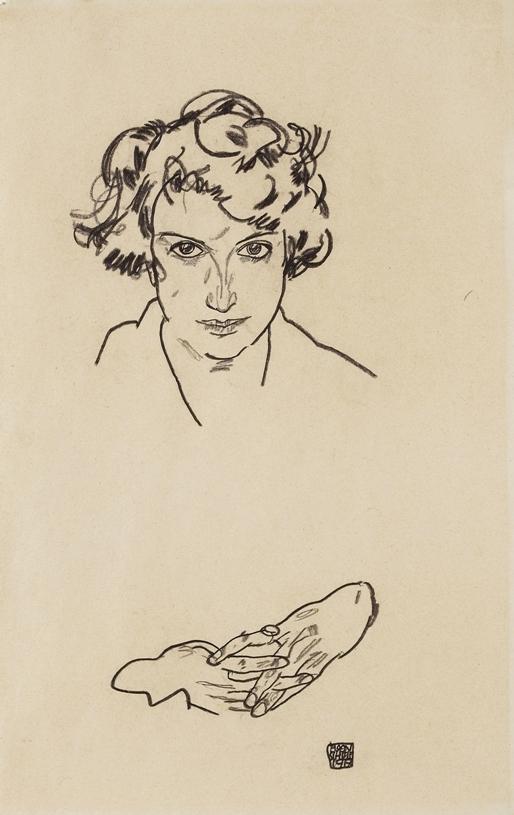
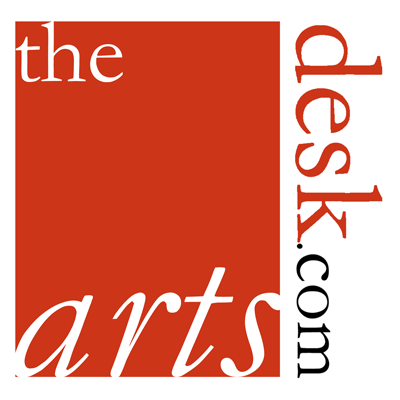
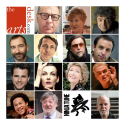
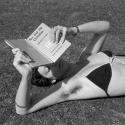
![SEX MONEY RACE RELIGION [2016] by Gilbert and George. Installation shot of Gilbert & George 21ST CENTURY PICTURES Hayward Gallery](/sites/default/files/styles/thumbnail_125_x_125_/public/mastimages/Gilbert%20%26%20George_%2021ST%20CENTURY%20PICTURES.%20SEX%20MONEY%20RACE%20RELIGION%20%5B2016%5D.%20Photo_%20Mark%20Blower.%20Courtesy%20of%20the%20Gilbert%20%26%20George%20and%20the%20Hayward%20Gallery._0.jpg?itok=3oW-Y84i)
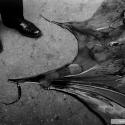
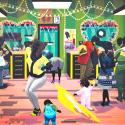
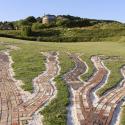
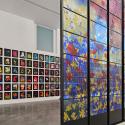
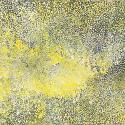

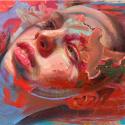
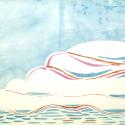

Add comment